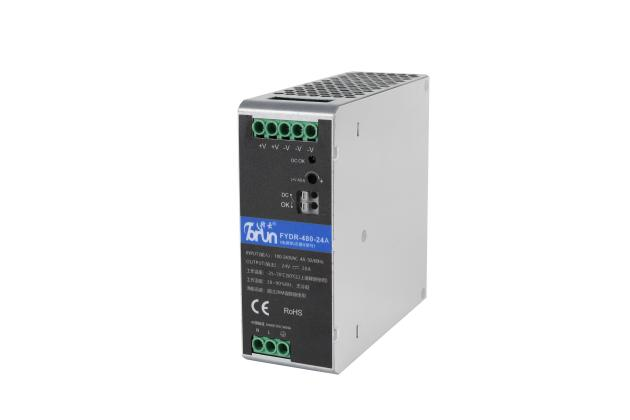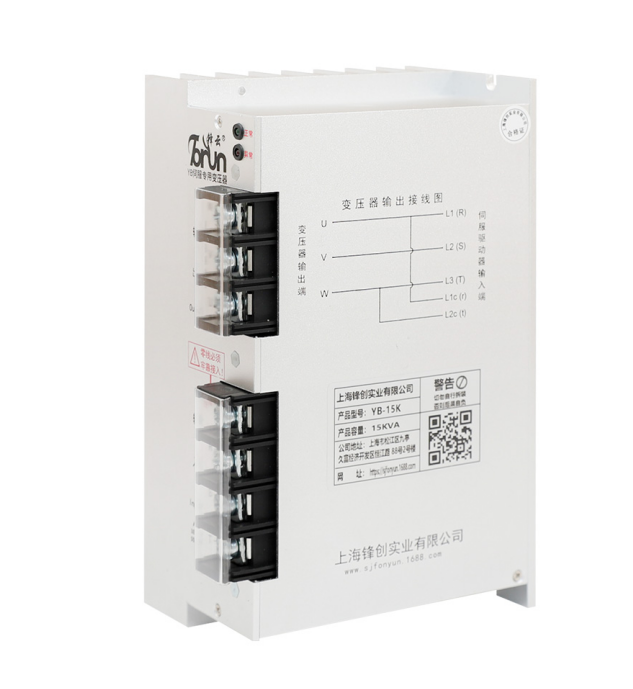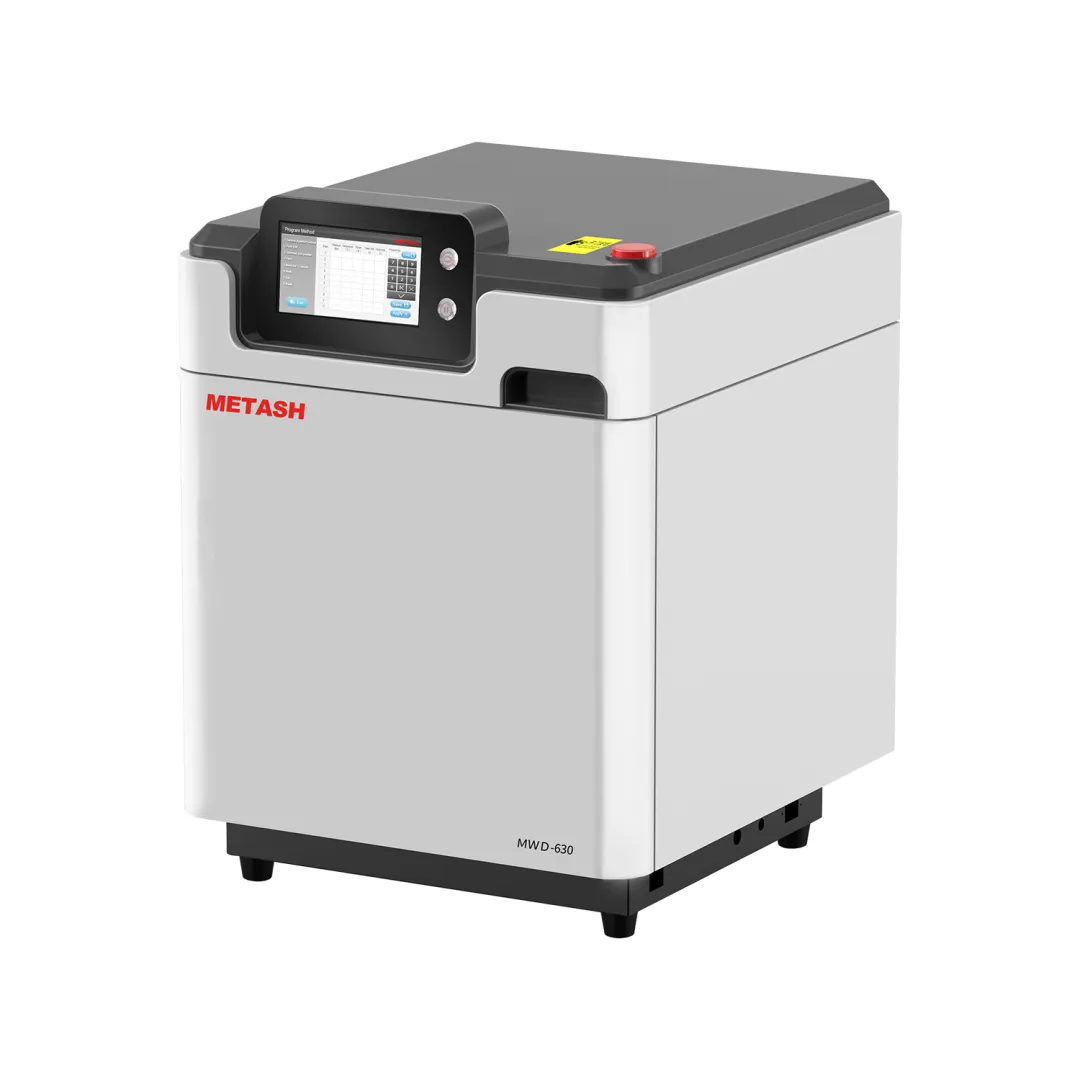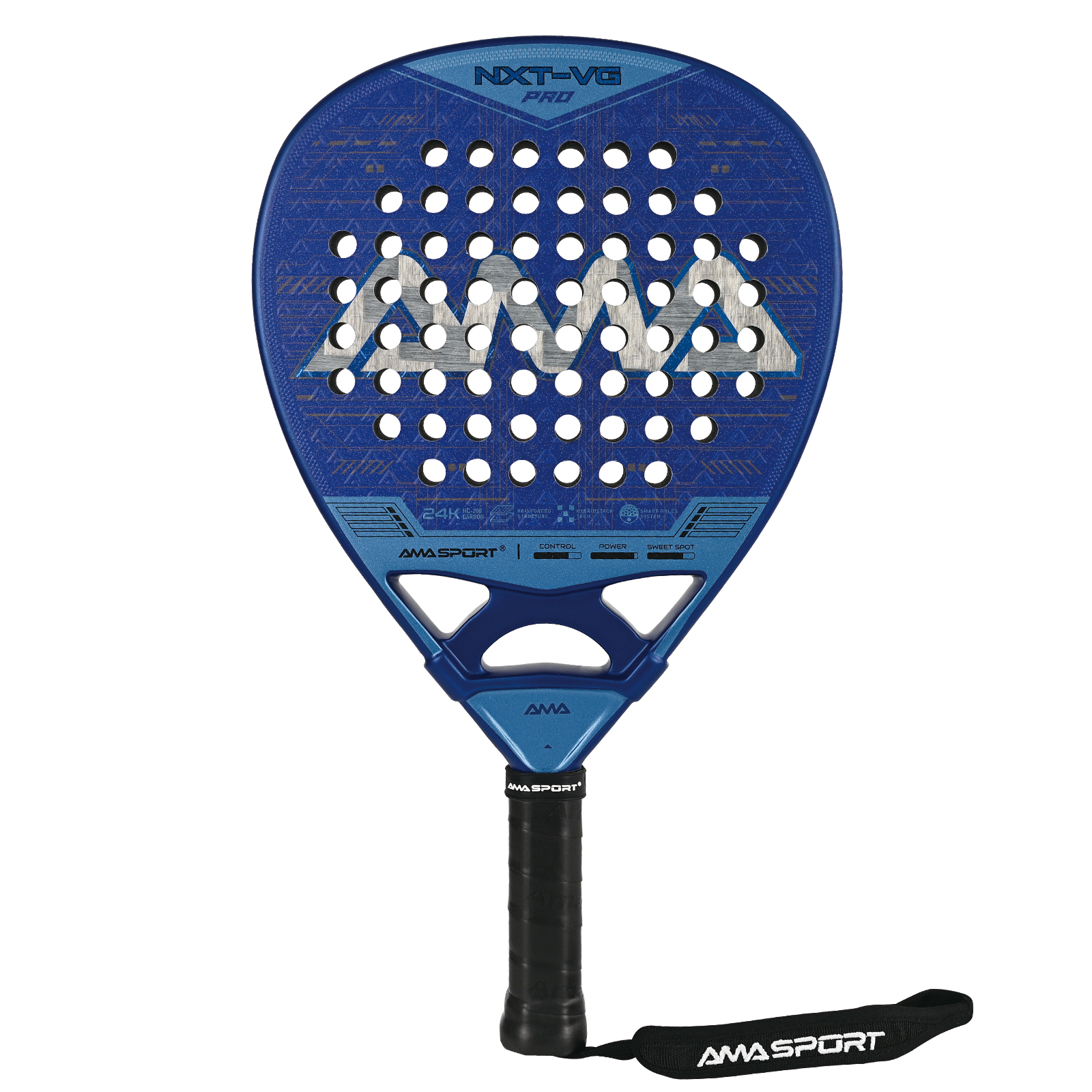The Ultimate Guide to Selecting the Right Air Blower for Your Needs
When it comes to industrial and commercial applications, air blowers play a crucial role in various processes, from drying and cleaning to cooling and ventilation. However, with a plethora of options available on the market, selecting the right air blower can be a daunting task. This guide will delve into the essential factors to consider when choosing an air blower, ensuring you make an informed decision that meets your specific requirements.
Understanding Air Blower Types
Before diving into the selection process, it’s vital to understand the different types of air blowers available:
- Centrifugal Blowers: These blowers utilize a rotating impeller to increase air velocity and pressure. They are ideal for applications requiring high airflow rates and are commonly used in HVAC systems, dust collection, and material handling.
- Positive Displacement Blowers: These blowers operate by trapping a fixed volume of air and forcing it out. They are known for their ability to generate high pressure and are often used in pneumatic conveying and wastewater treatment.
- Axial Flow Blowers: These blowers move air parallel to the axis of the impeller. They are typically used in applications where high airflow with low pressure is required, such as in cooling and ventilation systems.
Key Factors to Consider
- Application Requirements
The first step in selecting an air blower is to clearly define your application requirements. Consider the following:
- Airflow Rate: Measured in cubic feet per minute (CFM), this indicates the volume of air the blower can move. Calculate the required airflow based on the size of the area or the specific process needs.
- Static Pressure: This is the resistance the blower must overcome to move air through ducts or filters. Understanding the static pressure requirements will help you choose a blower that can efficiently handle your system’s demands.
- Energy Efficiency
Energy consumption is a significant factor in operating costs. Look for blowers with high energy efficiency ratings. Consider models that utilize variable frequency drives (VFDs), which allow for speed adjustments based on demand, reducing energy consumption during low-load conditions.
- Noise Levels
Noise can be a critical concern, especially in environments where sound levels must be kept to a minimum. Check the blower’s decibel (dB) rating and consider options with sound-dampening features or enclosures to minimize noise pollution.
- Durability and Maintenance
The longevity of an air blower is influenced by its construction materials and design. Opt for blowers made from corrosion-resistant materials if they will be exposed to harsh environments. Additionally, consider the ease of maintenance; blowers with accessible components and fewer moving parts typically require less upkeep.
- Size and Portability
Depending on your application, the size and portability of the blower may be essential. For fixed installations, ensure the blower fits within the designated space. For portable applications, consider lightweight models with wheels or handles for easy transport.
Additional Considerations
- Control Systems
Modern air blowers often come equipped with advanced control systems that allow for precise operation. Look for blowers with programmable settings, remote control capabilities, and integration options with existing systems for enhanced functionality.
- Manufacturer Reputation and Support
Research the manufacturer’s reputation in the industry. A reliable manufacturer will provide not only high-quality products but also excellent customer support and warranty options. Read reviews and seek recommendations to ensure you choose a reputable brand.
- Cost vs. Value
While it might be tempting to choose the cheapest option available, consider the long-term value. Investing in a high-quality air blower may result in lower maintenance costs, higher efficiency, and better performance over time.
Conclusion
Selecting the right air blower is a multifaceted process that requires careful consideration of various factors, including application requirements, energy efficiency, noise levels, and durability. By understanding the different types of blowers and evaluating your specific needs, you can make an informed decision that enhances your operational efficiency and meets your performance expectations. Remember, the right air blower not only improves productivity but also contributes to a safer and more comfortable working environment.





